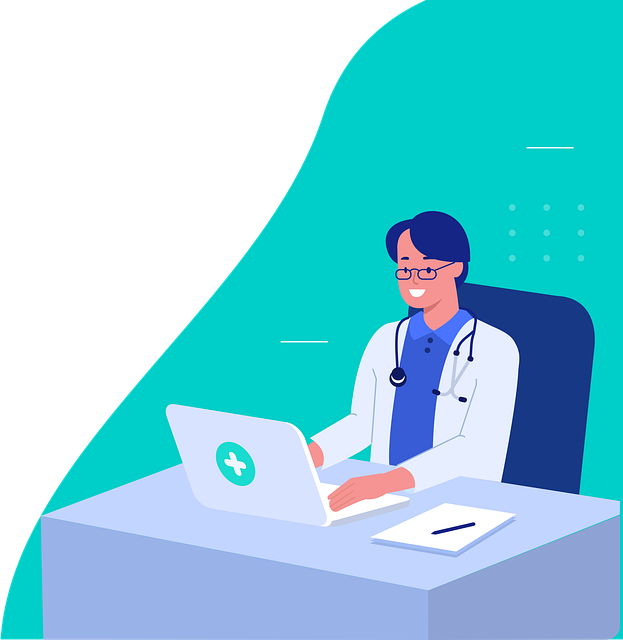In today’s world, technology has penetrated every aspect of human life, making it much more convenient and easier to live. However, industries, including healthcare, have not remained immune to the transformation that technology promises.
The use of technology to streamline various processes, improve patient outcomes, and enhance care delivery is collectively known as healthcare IT. Healthcare IT is constantly evolving to adapt to patient needs, improving every aspect of the sector.
Realizing the massive potential of tech tools, many healthcare organizations today are embracing healthcare IT by integrating different tools. This is enabling the healthcare IT market to thrive as an industry. According to Mordor Intelligence, the healthcare IT market is likely to touch $311.09 billion in 2023 and $632.27 billion by 2028. These numbers speak volumes about the profound changes on the horizon.
This blog intends to investigate the exciting technologies that are transforming the healthcare landscape.
The Influence of AI and ML on the Future of Medicine
No industry is untouched by the promises of AI and ML. In the healthcare industry, these technologies are rapidly gaining prominence. These advanced technologies are transforming medical practices, from diagnosis to treatment.
For instance, artificial intelligence (AI) is significantly changing the field of medical imaging. Healthcare professionals are leveraging AI algorithms to interpret complex scans, such as MRIs and CT scans, with greater speed and accuracy. This speeds up the diagnostic process while making sure that subtle abnormalities are not missed.
On the other hand, machine learning (ML) is shaping the future of medicine by revolutionizing various aspects of healthcare. It assists in diagnosing diseases more accurately and swiftly, enabling early interventions. Plus, ML helps in predicting patient outcomes and customizing treatment plans based on individual medical histories and genetic factors.
As per MarketsandMarkets, the AI in the healthcare market is set to reach a whopping valuation of $102.7 billion by 2028. The numbers showcase the bright outlook for AI in the healthcare sector, empowering healthcare entities to fast-track technology adoption.
The Role of Digital Solutions in Healthcare Transformation
On the path to healthcare transformation, digital solutions assume a central role in restructuring the terrain. Let’s delve into two key digital solutions driving this transformation:
1. Electronic Medical Record (EMR) Systems
Manual patient record keeping is a thing of the past now. By using an electronic medical record service, providers can seamlessly store, manage, and access patient information from one platform. By digitizing patient records, EMR systems enable quick and secure access to medical histories, lab results, and treatment plans.
According to Psyquel, these systems offer advantages to both providers and patients. Providers can enjoy benefits such as increased security, higher earnings, cost savings, and fewer mistakes. On the other hand, patients can benefit from better care coordination, insurance integration, and receiving helpful reminders.
2. Remote Patient Monitoring (RPM) Solutions
RPM solutions help patients actively manage their health. These systems collect data from various monitoring devices and send it to the providers. RPM helps in the early detection of health issues, promotes preventive care, and allows for timely interventions, reducing hospitalizations and healthcare costs.
As per Insider Intelligence, approximately 60.6 million patients in the United States are expected to use RPM tools by the year 2024. This optimistic estimate demonstrates the efficiency and usefulness of these tools.
Data-Driven Insights to Enhance Decision-Making
In today’s healthcare landscape, data-driven insights are ushering in a profound transformation in how medical decisions are made. Big data analytics is used to uncover meaning in historical data and make informed predictions for the future. This approach enables providers to make data-driven decisions, reducing the likelihood of misinterpretation or erroneous decision-making.
Here are some benefits of utilizing data-driven insights:
Optimizing Resource Allocation
Data-driven insights empower healthcare administrators to redirect resources strategically. By analyzing patient trends and staff availability, decisions on staffing levels, equipment procurement, and bed allocation can be made with precision.
Proactive Disease Management
Healthcare providers can use data-driven insights to predict disease outbreaks and epidemics based on population health data, environmental factors, and historical patterns. This information enables early intervention measures, such as increased monitoring, and reducing the impact of diseases on communities and healthcare systems.
Bridging Gaps in Healthcare Access Through Telemedicine
Telemedicine has emerged as a game-changer in healthcare, breaking down barriers to access and connecting patients with quality care like never before. The adoption and popularity of telemedicine gained momentum since the beginning of COVID-19. However, its demand and adoption continue to show an upward trend even in the post-pandemic world.
The use of telemedicine tools is especially prevalent in the U.S., as revealed by a new study from the RAND Corporation. The organization conducted a survey among Americans from March 2019 through March 2021. The willingness to utilize video telehealth services increased from 51% to 62% during this period.
With telemedicine, providers and patients can connect without thinking about geographical challenges. In remote or underserved areas where healthcare accessibility is low, telemedicine is ensuring the delivery of quality care. This convenience saves time while ensuring that healthcare is more equitable.
Telemedicine offers a lifeline for individuals with chronic diseases or mobility challenges. From the comforts of their homes, patients can receive ongoing care and monitoring using telemedicine. This not only enhances the quality of life for patients but also contributes to cost savings within the healthcare system.
Final Thoughts
Today’s healthcare landscape is becoming highly complex due to emerging diseases and the demand for personalized care. In such a dynamic scenario, cutting-edge technologies can promise better outcomes, reduced costs, and high satisfaction for all stakeholders. While there are limitless technologies, this blog has explored some of the most promising ones that are currently reshaping the healthcare industry.










